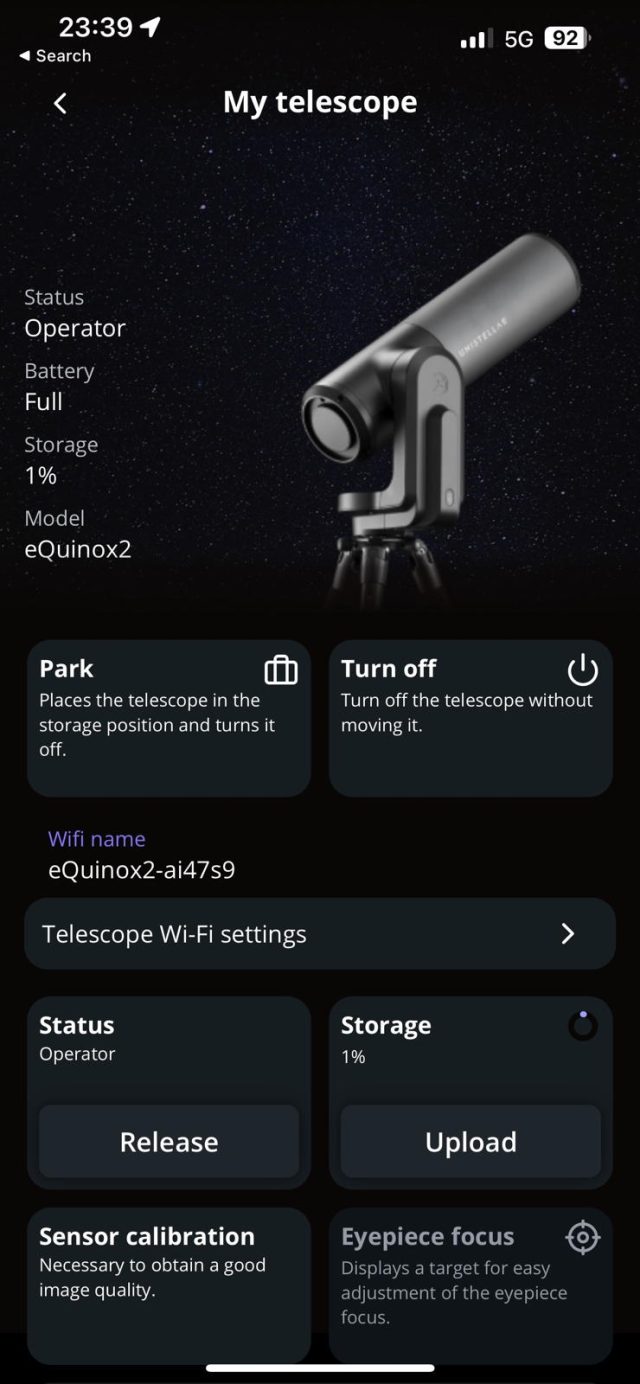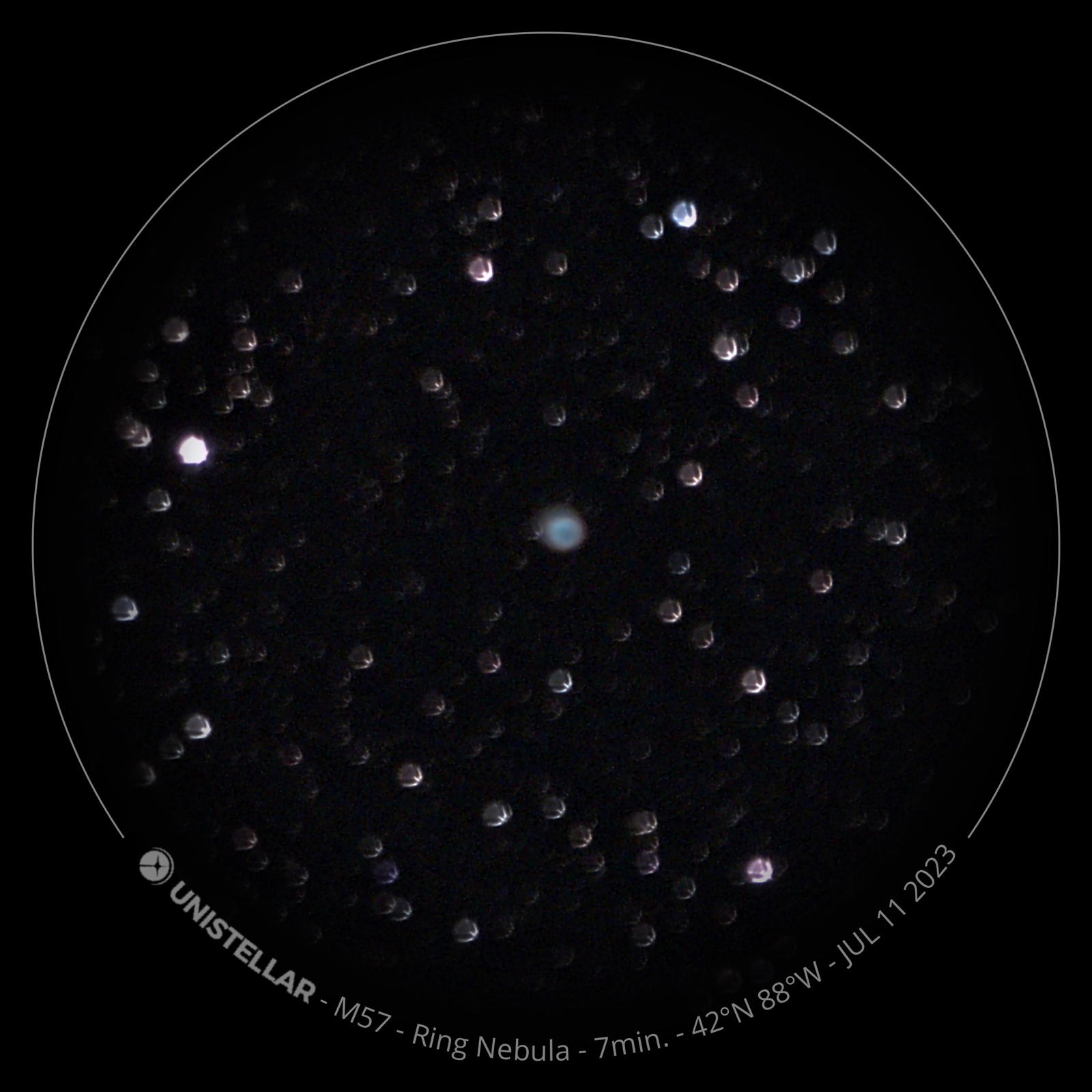When we reviewed the Unistellar eVscope a couple of years ago, we came away impressed. It offered a communal stargazing experience that takes our ubiquitous smartphones and turns them into a way to view the heavens. Unistellar's newest offering is the eQuinox 2, a lower-cost alternative to eVscope 2, taking all of the features from its original telescope, improving the technology, and dropping the price to $2,499.
Unistellar's smart telescopes are designed to make astronomy more accessible by automating skywatching and using digital sensors to "collect" light from faraway objects, making light pollution a small nuisance instead of a deal-breaker.
At a glance, the biggest difference between the eQuinox 2 and its predecessor is the former's lack of an eyepiece. Unistellar got rid of the eyepiece, which isn't much of a loss. Instead of taking turns peering through the eyepiece, up to 10 people can stargaze simultaneously with the Unistellar app. Connect to the telescope's built-in Wi-Fi network, launch the app, and you're ready to scan the skies. One person controls the telescope and everyone else can watch. The operator can give control of the telescope to anyone else easily.
The other changes are internal. There is a higher-resolution 6.2-megapixel sensor in the eQuinox 2, while the battery life has been increased to 11 hours. The eQuinox 2 has a 450 mm focal length and a field of view of 34 x 47 arc minutes. The mirror is still 4.5 inches (11.43 mm), and the telescope features 50x optical magnification and 400x digital magnification.
Setting up the eQuinox 2 is unchanged: unlimber the tripod, use the built-in level to make sure the tripod is level, drop the telescope's base into the mount, tighten the screws, and you're ready to go. Press the power button and the status light turns purple for a minute as the telescope starts up. Unlike almost every other electronic device you've ever used, when the light turns red, it's ready to go.









 Loading comments...
Loading comments...
